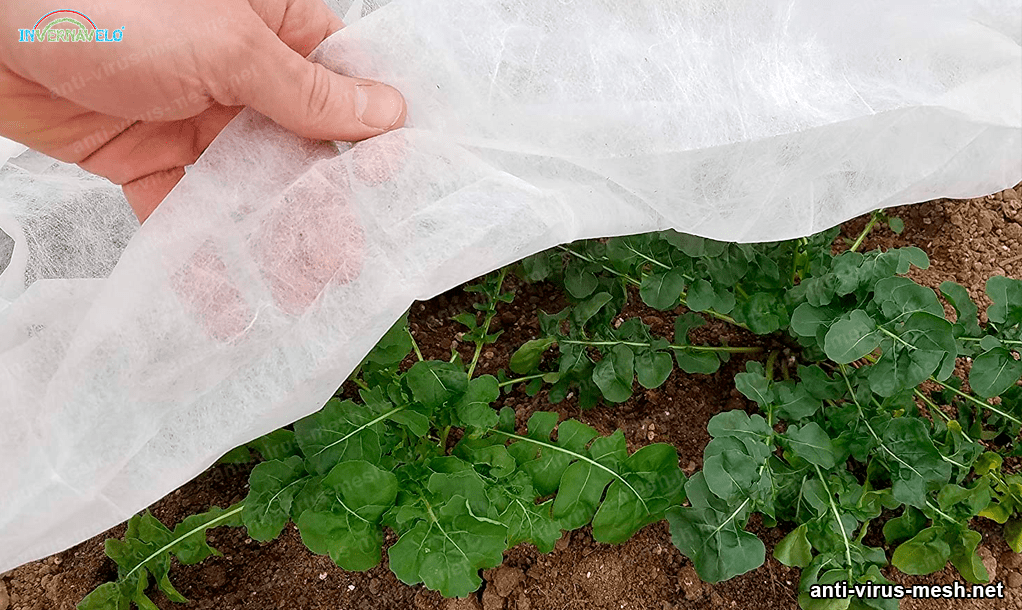How does antivirus mesh improve crop performance?
Antivirus Netting is an agricultural technology made to improve and protect your crops. In this essay, we will discuss how antivirus mesh improves crop yield, the benefits of its use, and some of the drawbacks associated with it. The most important way antivirus mesh improves crop performance is by blocking the spread of viruses, fungi and bacteria. This is done by using a fine mesh net to create a physical barrier between infected and healthy plants. This prevents the spread of diseases from one plant to another, which can cause significant losses in crop yields.
The mesh also acts as a physical barrier to prevent insects, birds and other animals from entering a crop and spreading diseases. Another way antivirus mesh improves crop yields is by blocking ultraviolet light. Ultraviolet radiation can damage crops and cause decreased yields. By blocking harmful UV rays, antivirus netting helps protect crops from this damage, resulting in higher yields. Using antivirus mesh also has other benefits. For example, it can reduce the need for chemical pesticides, since the physical barrier provided by the mesh can prevent pests from entering the crop. This can lead to healthier crops and higher yields. Additionally, it can reduce the need for labor-intensive disease control methods such as hand weeding or plowing.

Despite these benefits, there are also some drawbacks associated with antivirus mesh. For example, its installation can be expensive, as it requires a large amount of material and labor. Additionally, it can reduce air circulation as the can trap moisture and prevent it from evaporating. This can lead to an increased risk of fungal diseases. Overall, antivirus is an effective and increasingly popular method of increasing crop yields. It can prevent the spread of viruses, fungi and bacteria, block harmful ultraviolet radiation, reduce the need for chemical pesticides, and reduce labor-intensive disease control methods. However, it is important to consider the drawbacks associated with the technology, such as the cost of installation and possible reduction in air circulation.